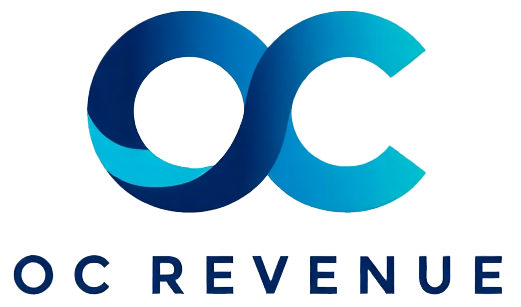Orchestrating KPIs, processes, and accountability to drive sustainable, risk-aware growth
Strategic Management provides the scaffolding for sustainable growth. It ensures the business isn’t just moving fast — it’s moving in the right direction. This means aligning KPIs, processes, and priorities across multiple departments and leadership layers. Effective strategy requires enablement. That includes preparing teams for change, managing adoption curves, and creating a culture of accountability. Strategic Management empowers revenue leaders to operationalize transformation with minimal disruption. It also addresses risk. Whether it’s revenue leakage, process failure, or system misalignment, strategic oversight enables proactive detection and course correction. With visibility into dependencies and outcomes, leaders can act decisively. Ultimately, Strategic Management gives RevOps its strategic seat at the table. It shifts the function from tactical execution to business leadership — bridging vision and performance in a measurable, repeatable way.







